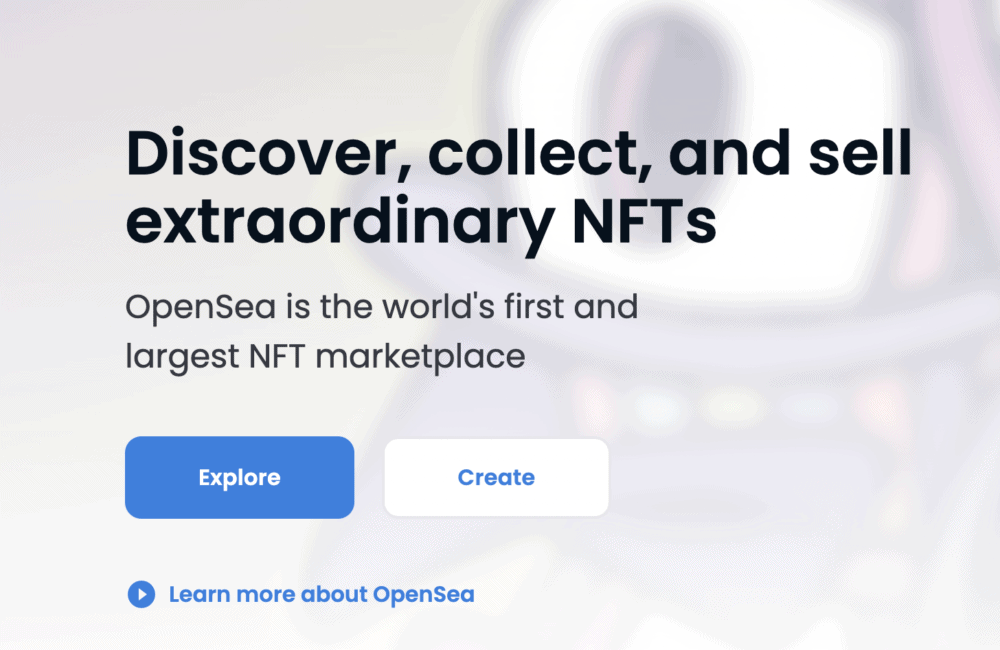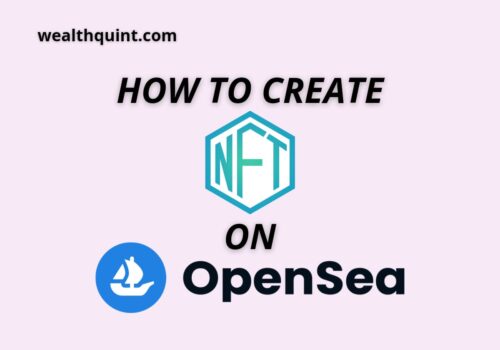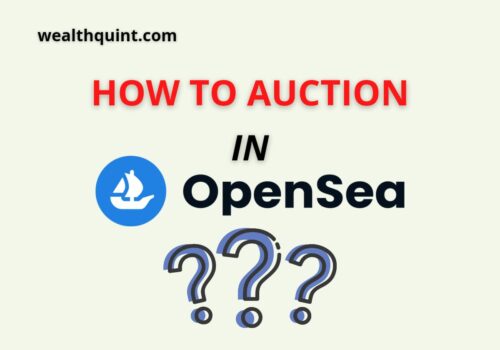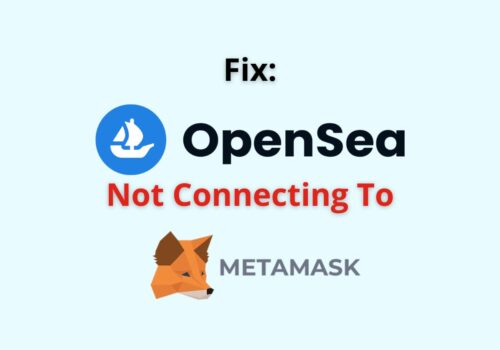NFTs have become one of the most-invested digital assets. They became popular because of their uniqueness. You can not just buy, sell, store NFTs on any portal.
You must use a reliable platfor
But what exactly OpenSea is, and how you can use it? If you are not sure, we have got you covered. Here is everything you need to know about OpenSea.
What Is OpenSea?
OpenSea is an Ethereum-based NFT marketplace where users may develop, trade, and exchange NFT assets directly on the platform.
NFTs are one-of-a-kind items on the blockchain that can be art, a virtual experience, music, or virtual property.
It has the highest NFT trading volume in the crypto industry, and it has the following characteristics:
- To get around Ethereum’s high gas fees and slow transaction speeds, the platform supports Polygon (a layer-2 solution) and the Klaytn blockchain.
- Because users link their non-custodial wallets, the network is decentralised and transparent. There is no third party or mediator involved in any of the transactions.
- NFTs are kept on the blockchain and visible to users on the site.
OpenSea is the first and largest NFT marketplace, where you may find a wide range of unique digital things. Collectables, gaming objects, domain domains, and even digital representations of tangible goods and digital art.
OpenSea is essentially an eBay for non-financial assets, with millions of assets sorted into hundreds of categories.
What Are The Properties Of OpenSea?
Below are some properties of OpenSea.
1. It is a decentralised cryptocurrency that uses a Proof-of-Stake consensus algorithm, and it has been designed to be the first blockchain in the world that can scale up to millions of transactions per second.
2. The block time is 1 minute, making it one of the fastest blockchains available today.
3. It does not use any mining fee for transaction confirmation.
4. It provides an easy way to send money directly from your wallet to anyone else’s wallet with just a few clicks.
5. It supports multiple languages, including English, Spanish, French, German, Russian, Portuguese, Italian, Chinese, Japanese, Korean, Indonesian, Arabic, Hindi, Thai, Vietnamese, etc.
6. There will be no premine or ICO. All tokens will be generated by staking OSE.
7. It has built-in privacy protection. No personal information will ever be disclosed on the network.
8. It has a very high level of security. The team behind this project has years of experience building other successful projects such as Mycelium, Peercoin, MasterCoin, Cryptonote, etc.
9. You don’t need to download any software like Bitcoin Core to start using OpenSea.10. It’s free to join and use!
Also Read: Fix: OpenSea Not Connecting To MetaMask
Who Owns OpenSea?
The OpenSea Company has a long and illustrious history. OpenSea was created in December 2017 by Devin Finzer (CEO) and Alex Atallah in New York City (CTO). Before founding the firm, both founders had excellent resumes.
CTO Atallah earned a bachelor’s degree in computer science from Stanford in 2014. He sold hostess—FM, a global network for nightlife clubs, to SFX Entertainment a year before.
He subsequently went on to work as a software engineer at Palantir and Zugata before returning to his roots as a founder. He founded Whatsgoodly, a social poling platform, in 2016 and has since grown it to over 300,000 members.
Finzer’s credentials, on the other hand, are nothing to laugh at. He went on to work as a software engineer at Pinterest in 2013, after graduating from Brown University with a 4.0 GPA in Mathematics.
In 2016, he launched Claimdog, a platform that allowed you to browse state unclaimed property registries to see if a company owed you money.
He sold the firm to Credit Karma and remained there as an Engineering Manager until founding OpenSea.
Finzer grew more interested in blockchain and cryptocurrencies around his departure.
He not only learned the underlying technologies, but he also decided to devote his professional life to them.
As a result, it became a matter of finding out what to do next. As a result, the CryptoKitties project at the time became a massive tech culture sensation, with individuals paying hundreds of thousands of dollars for CryptoKitties, and it effectively became the poster child for NFTs in general.
He wrote up some preliminary concepts with Atallah and applied them to Y Combinator, a prominent startup accelerator that gave them $120,000 in early investment.
Initially, their initiative was based on leveraging blockchain technology to share Wi-Fi bandwidth (dubbed Wificoin).
They swiftly shifted their focus to OpenSea, which they published in February 2018. OpenSea had already sold $500,000 worth of digital treasures when they went on stage to launch the platform (March 18th, 2018).
As a result of their involvement in the accelerator program, they raised their first institutional round.
In May, high-profile cryptocurrency investors such as confirmation, Founders Fund, Blockchain Capital, and others invested $2 million in the company.
How Does OpenSea Work?
OpenSea is an online exchange where users may buy, sell, and trade non-fungible tokens (NFTs).
Users may buy and sell a wide range of digital treasures, including art, music, domain domains, trading cards, and many other items.
The Klaytn chain was recently introduced to OpenSea, initially powered by Ethereum smart contracts.
It also now employs the Ethereum layer-2 protocol Polygon (MATIC) to reduce trade expenses while speeding up execution. NFTs may be acquired with Ether, Ethereum’s native coin (ETH). Furthermore, over 150 different currencies, including DAI and UNI, are accepted.
Users just link their crypto wallets to purchase (such as MetaMask).
Moreover, the platform supports multiple non-custodial wallets incorporated into web browsers or mobile devices. As a result, digital collectables can be purchased directly by accepting the seller’s predetermined price or bidding on them (leaving the seller to either accept or decline the offer).
Similarly, if you want to sell something on the platform, all you have to do is link your wallet, upload the NFT you wish to sell, and select a price.
Furthermore, OpenSea shows all of a specific NFT’s previous transactions (sales, transfers, bids, and more). This allows potential purchasers to watch the asset’s value and interest over time.
Also Read: How to Fix “Unlock Selling Functionality” on OpenSea?
How Does OpenSea IO Work??
OpenSea IO is a decentralised, open-source, and free-to-use platform that allows anyone to create their token on the Ethereum blockchain.
OpenSea IO is an innovative project that aims to make it easier for people to launch their cryptocurrency tokens using the ERC20 standard and intelligent contracts.
It’s based on the idea of creating a marketplace where developers can quickly sell their digital assets (tokens) to users in exchange for fiat or cryptocurrencies.
The main goal of OpenSea IO is to provide a safe, transparent, and secure environment for all parties involved in launching new ICO projects.
In addition to this, they are also planning to build a community around their product by providing educational content and resources and hosting regular meetups and hackathons.
Non Fungible Tokens (NFT)
On OpenSea, Non-fungible Tokens (NFT) are one-of-a-kind digital certificates of ownership for digital assets. With an NFT, you can turn any digital object into a commodity.
They may be utilized for video game skins, graphic design art, music, films, and photographs, among other things.
Even if they are in the same collection, game, platform, and so on, no two NFTs are similar. These non-fungible tokens may thus be traded directly between buyers and sellers, eliminating the need for a middleman.
A mechanical royalty might be sent back to the original inventor as NFTs change hands and exchange cash.
What Blockchain Does OpenSea Use?
OpenSea primarily leverages the Ethereum blockchain for transactions, accounting for 97 per cent of all NFT traffic. However, to be fair, it also accommodates Polygon’s ambitions to add the Flow blockchain to its marketplace in the future.
As a result, OpenSea now supports Ethereum, Polygon, and Klatyn over several blockchains. The contrasts between these multiple blockchains are briefly explained below.
Ethereum
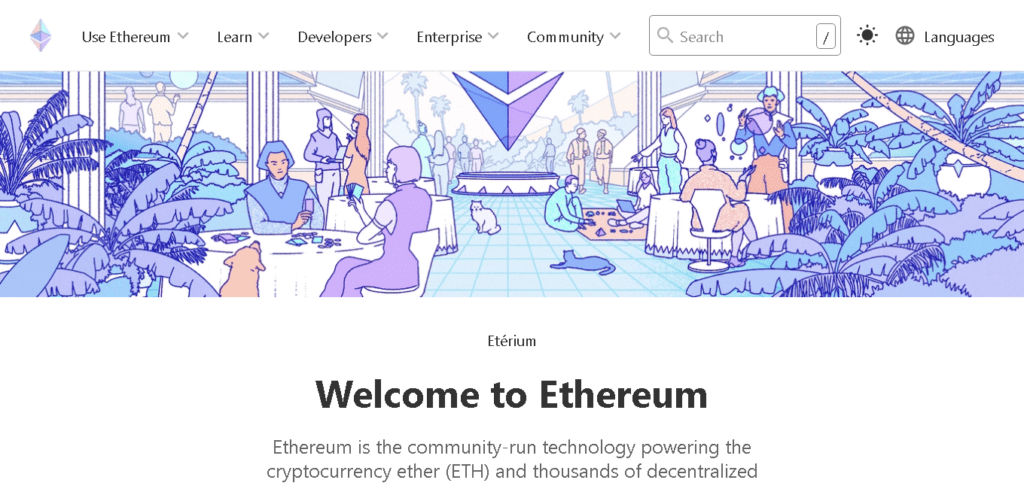
Ethereum was established in 2015 as a decentralised, open-source blockchain with smart contract capability. Ether, or ETH, is the Ethereum blockchain’s native cryptocurrency.
On the Ethereum blockchain, ETH is used to pay transaction fees (also known as gas costs). Gas costs are decided by supply and demand and fluctuate according to network usage. OpenSea has no role in determining them.
Polygon
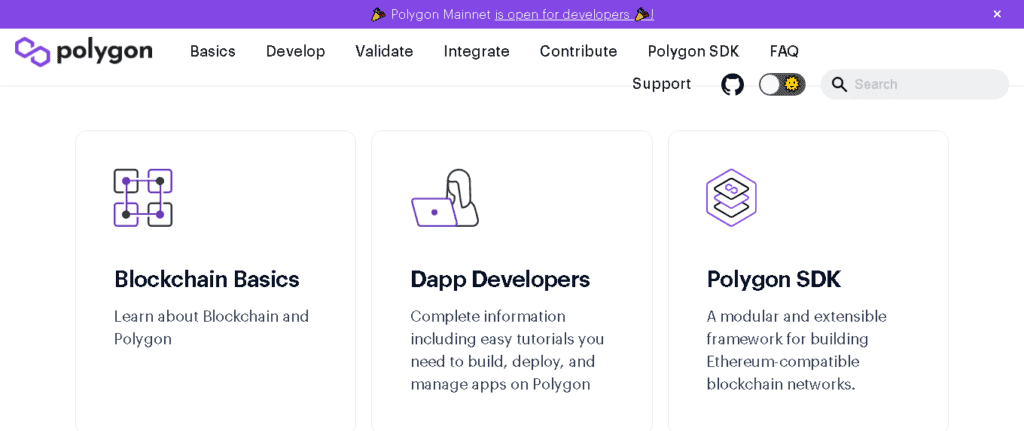
Polygon (formerly known as the Matic Network) is a secondary blockchain that allows users to transact using Ethereum currencies such as ETH, USDC, and DAI in a scalable, safe, and quick way.
Cryptocurrencies must be “bridged” from Ethereum’s blockchain to Polygon as one of the first scaling options for Ethereum. Consider Polygon as Ethereum’s younger sister; the currencies are similar, but the two blockchains differ slightly.
Users will utilise Polygon to generate, purchase, and trade NFTs without incurring transaction fees in July 2021, thereby establishing a gas-free marketplace.
Klatyn
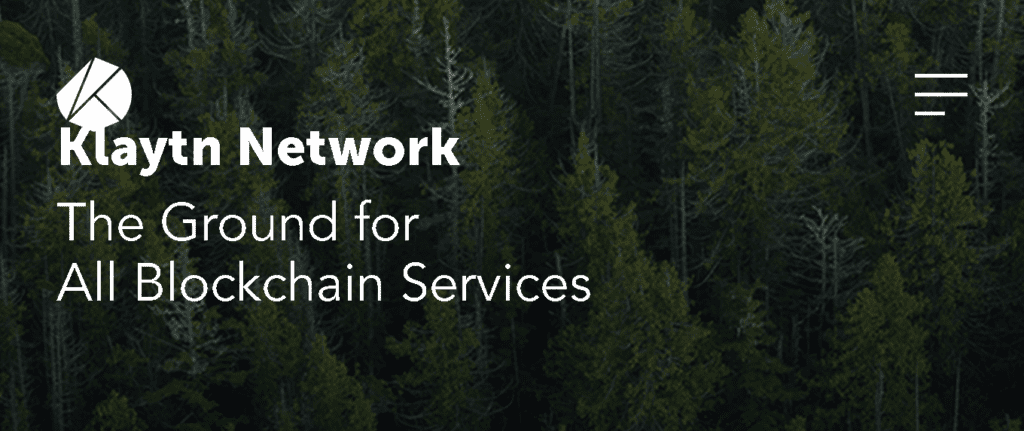
Klaytn, is a blockchain developed by the Korean internet company, Kakao. Users can use the Kaikas wallet browser extension to buy and sell Klaytn NFTs on OpenSea.
Who Runs OpenSea?
Devin Finzer and Alex Atallah currently run OpenSea at the time of writing of this article.
Devin Finzer (born 1990) is an entrepreneur and technology executive from the United States. He is the co-founder and current CEO of OpenSea, the largest non-fungible token marketplace in the world.
Forbes predicted Finzer and his co-founder Alex Atallah holdings in OpenSea to be worth $2.2 billion apiece in January 2022, making them the first non-fungible token billionaires.
Finzer co-founded two software companies, including Claimdog, a personal financial app bought for an unknown sum by Credit Karma. Finzer became interested in blockchain technology while working at Credit Karma.
Finzer designed and pitched WifiCoin with Alex Atallah, which would give tokens in return for sharing access to a wifi network. Y Combinator accepted the notion after the pair proposed it.
However, following the introduction of CryptoKitties, the duo shifted their focus to non-fungible tokens, launching OpenSea in December 2017.
OpenSea secured $2.1 million in venture finance in November 2019 following a pre-seed round from Y Combinator in 2018. The startup secured $23 million in venture funding in March 2021 and announced another $100 million investment round four months later, making it a unicorn.
How Do Sales Work On OpenSea?
Selling An NFT On OpenSea
Select your profile image in the top right corner of OpenSea.io and then click Profile.
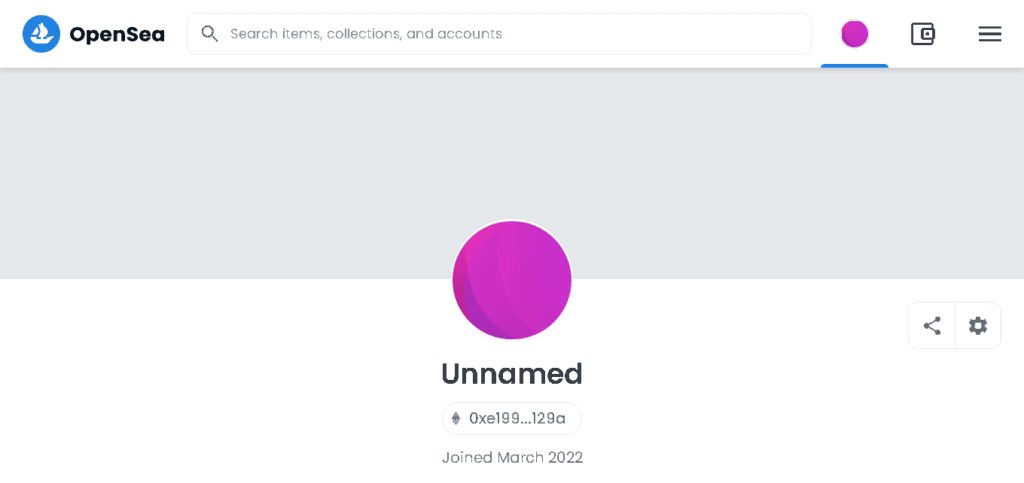
Select Sell on the top right to be taken to the listing page. Next, you’ll be taken to the listing page, where you can choose the price and type of sale.
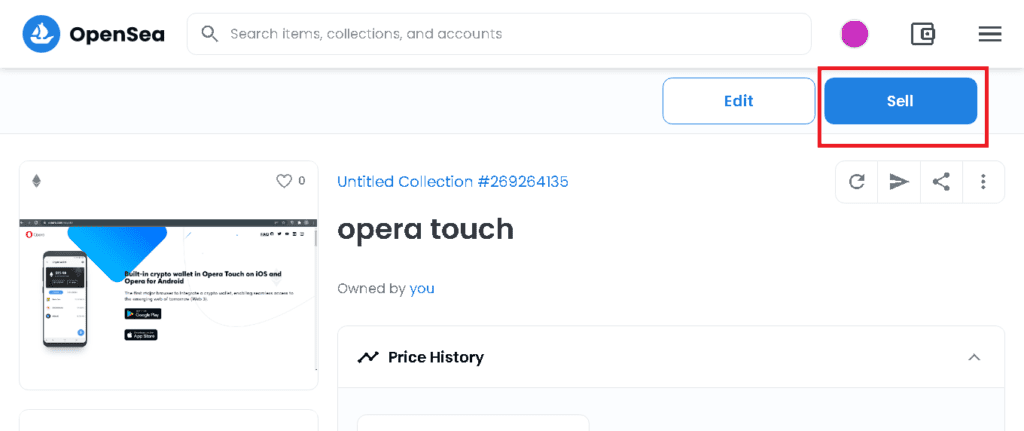
You can also set a duration for sale. The default options are one day, three days, or one week – but you can also set a custom duration using the calendar.
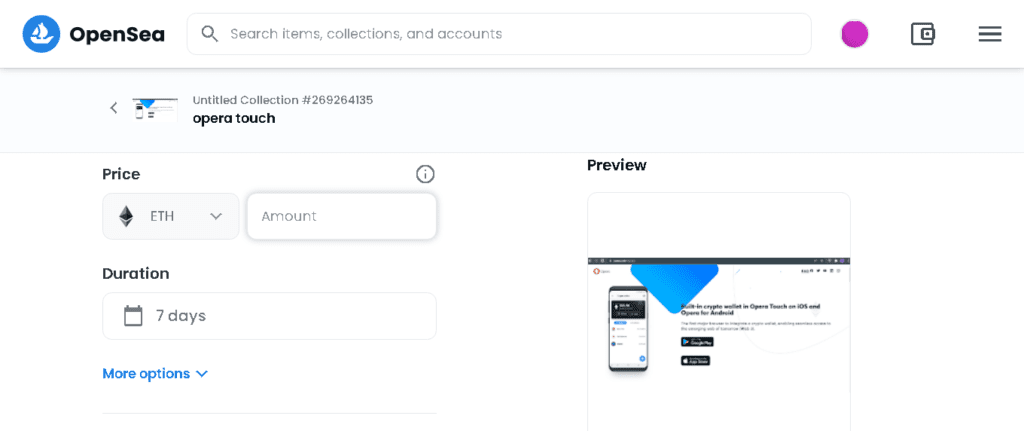
You can also include the item in a bundle (grouping NFTs from different collections)*.
Lastly, you can also reserve the item for a specific buyer. To do so, simply paste their address into the field below “Reserve for a specific buyer.”
The possible fees from the sale will be indicated at the bottom of all of those alternatives.
In this scenario, the transaction includes OpenSea’s 2.5 per cent “Service Fee” and a 10 percent “Creator Royalty” for a total of 12.5 per cent.
On OpenSea, this is the maximum percentage that may be taken from an NFT sale.
What Happens If Your NFT Doesn’t Sell On OpenSea?
It can be removed and re-minted if the item does not sell, although additional gas will incur.
Conclusion
OpenSea is a huge platform that offers you enough features to manage your NFT easily. In addition, the simple interface of the application makes it easy for the user to navigate through the application.
However, we believe that before investing and trusting a platform, you must know about it properly. With this post, we aimed to provide you with all the information regarding OpenSea. Hope our efforts were worth it.

